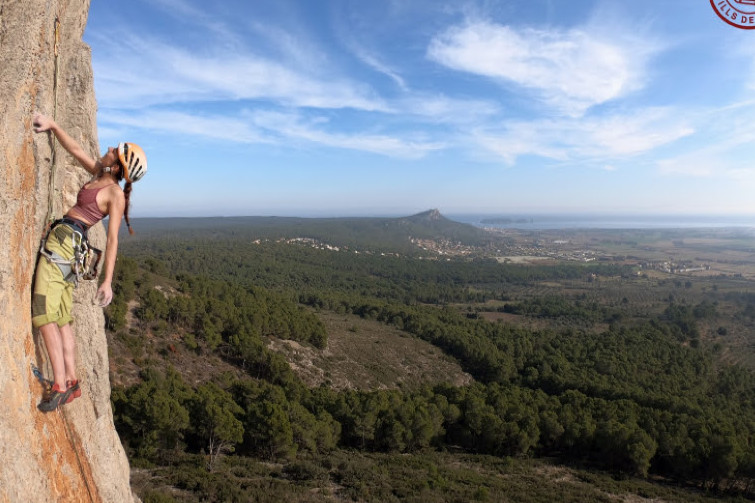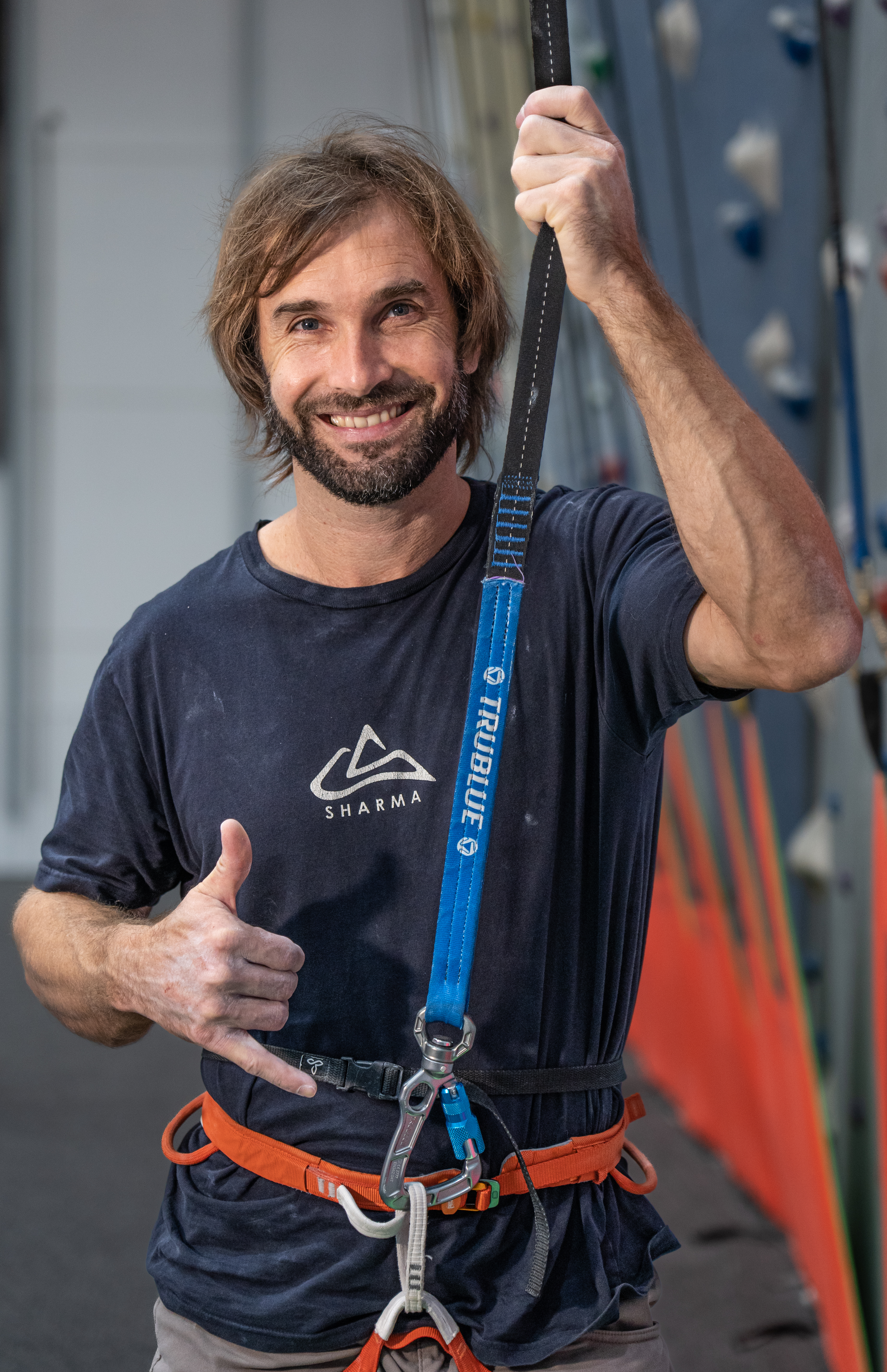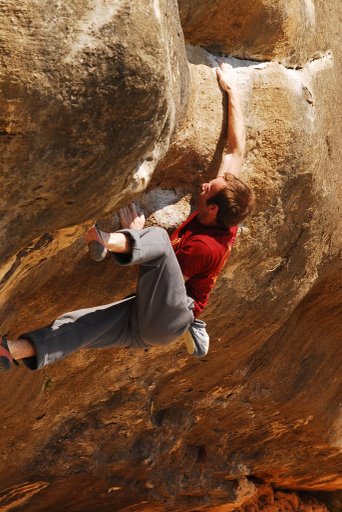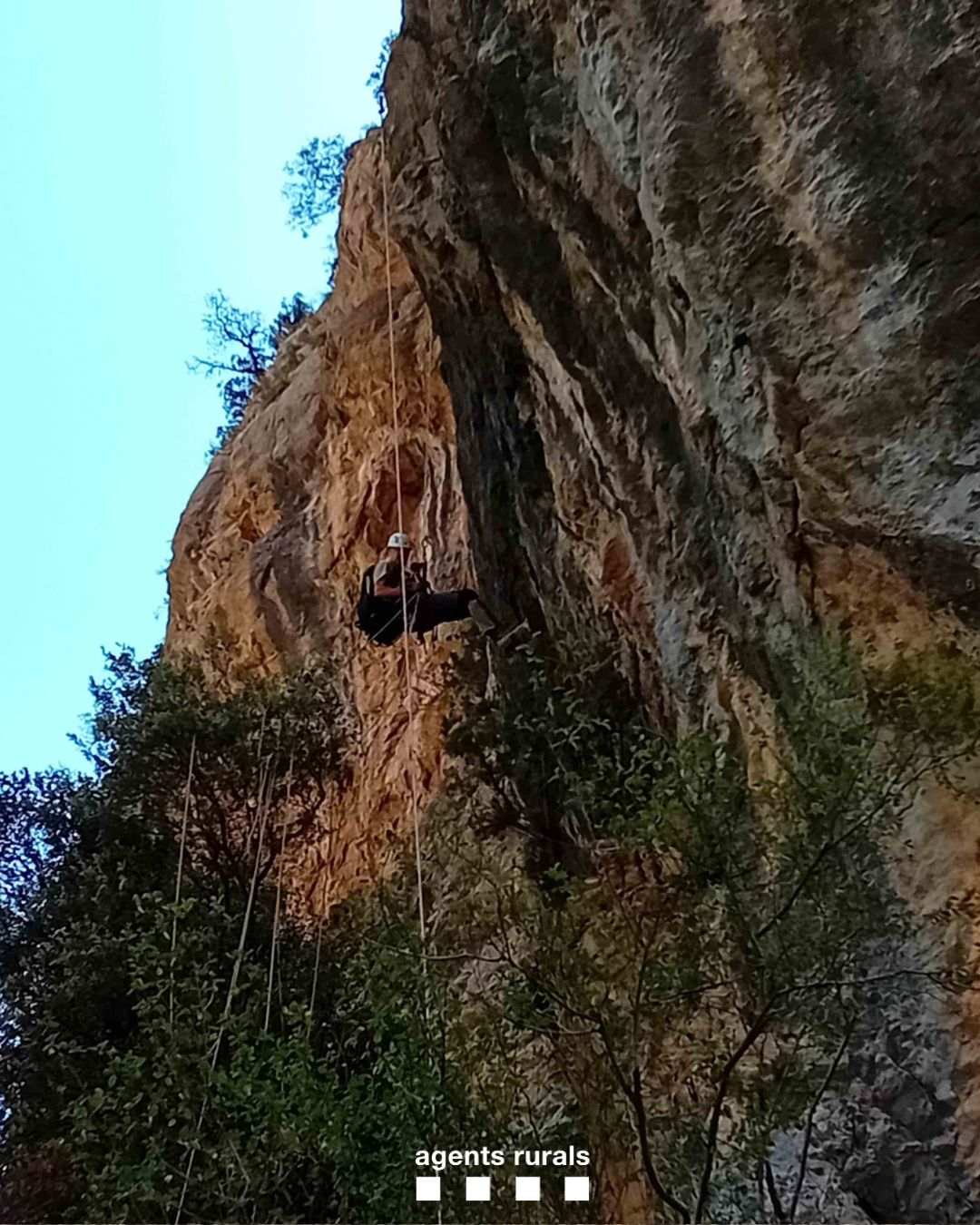How Catalonia became a climbing paradise and what is being done to protect nature
Quality rock, breathtaking landscapes and good weather attract thousands to Catalan mountains every year

"Catalonia is a climber's dream," says renowned US climber Chris Sharma in his latest HBO series, The Climb, which features many of the region's top climbing spots.
Sharma, who has lived in Catalonia since 2007, is one of the most influential and acclaimed climbers in the world and is responsible for putting Catalonia on the world map of climbing destinations.
"Climbing boomed in the 2010s when the internet became more popular and climbing guides proliferated. People saw videos of Chris Sharma climbing here and wanted to come," explains Quim Hernández, head of climbing at the Catalan Mountain Sports Federation.

Sharma's influence, along with the quality of the rock, the stunning landscapes and the good weather, turned Catalonia into one of the world's most sought-after climbing destinations.
"Of the 20 best climbing areas in the world, three are in Catalonia: Margalef, Siurana and Oliana," says Quim, who adds that the concentration of hard climbs is unparalleled anywhere else in the world.
One of the most iconic climbs in Catalonia is 'La Dura Dura' (The Hardest of the Hard), which was listed as the hardest climb in the world after the first ascent.
The route is located in Oliana, in the Lleida region, and was bolted by Sharma, but he was not able to climb it all until a collaboration with Czech Adam Ondra in 2013 made the ascent possible.
Ondra climbed it first, followed by Sharma a month later, and no other climber has been able to repeat it.
This influx of elite climbers into Catalonia brought crowds to the territory. "Every time a route opened in a new area, there was a boom," Quim explains. But the craze also put a lot of pressure on rural areas that were unprepared.
Margalef, a town in the Tarragona region on the edge of the Montsant mountain range, has a population of 94 people, but on busy days it can have more than 1,000 people visiting.
"It was about to be closed because it was overcrowded with cars parked everywhere and it became a real problem," Quim explains.
However, they created an affordable camping area to take the pressure off the village and allow climbers to sleep in their vans without impacting the village and the environment.

The proximity of the region to Reus Airport, just over an hour's drive away, and Barcelona Airport, just over two hours away, made the region perfect for a quick climbing trip.
"All cars there are rentals. They arrive by plane in Reus, rent a car, and go climbing. Before, you'd see vans and all that. There still are some, but not as many as before," Quim explains.
Another area that has experienced overcrowding is Montserrat, the legendary multi-peaked mountain range near Barcelona, which even banned the opening of new routes for two years in 2014.
"In Montserrat there is now a ban on climbing certain routes where nesting takes place. Everyone, the climbers and the Montserrat Nature Park management, agreed on this and it only affects 1% of the climbs," Quim says.
However, some illegal routes have been discovered recently. Although most requests to bolt new routes are accepted - the mountain has more than 5,600 climbing routes in total - there have been a few cases of climbers illegally bolting new climbs.
This illegal practice particularly affects bird nesting, experts say. Climbing near nesting sites disturbs birds and can potentially cause them to abandon their nests or eggs, disrupting breeding behavior and ultimately affecting their reproductive success, which is of particular concern for protected species.

Although thousands of tourists come to climb each year, the Federation assures that a delicate balance is maintained to avoid overcrowding at popular climbing sites, that climbers are respectful of the environment, and that locals are happy to get an economic boost.
But with climbing's new wave of popularity, especially in urban indoor gyms, experts warn that the situation could worsen if the influx of new climbers spills over into the mountains.
To learn more about the climbing craze, listen to the latest episode of our podcast Filling the Sink.